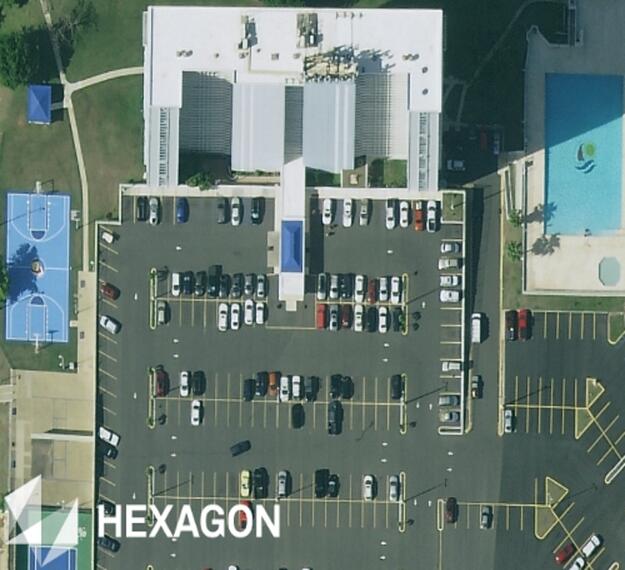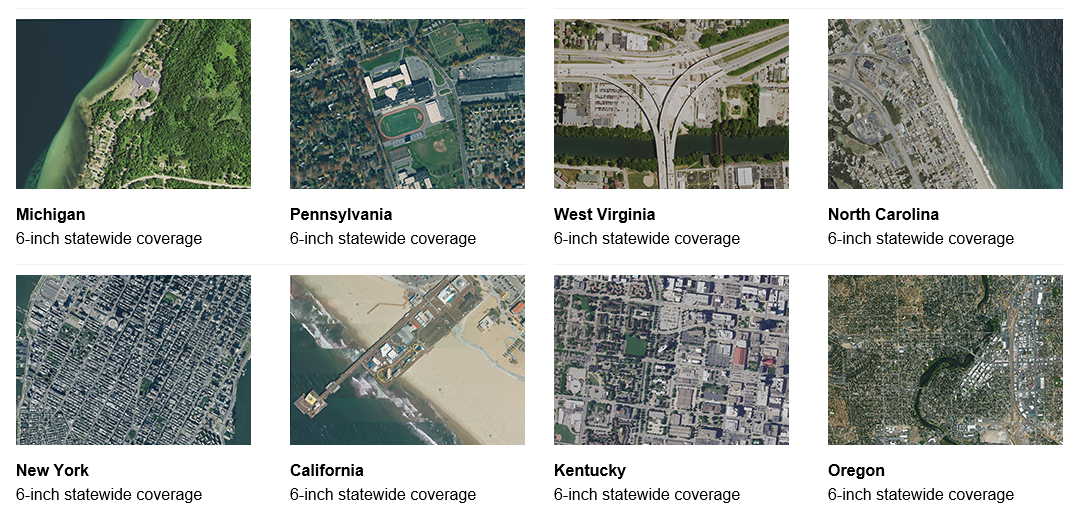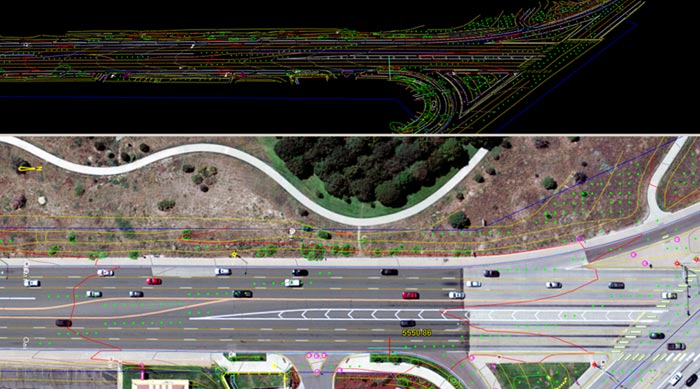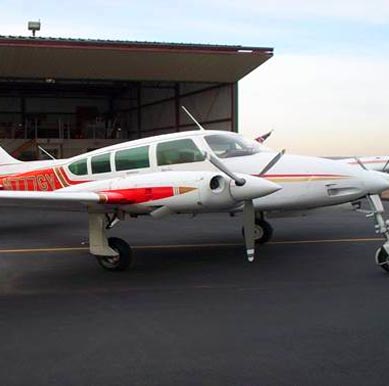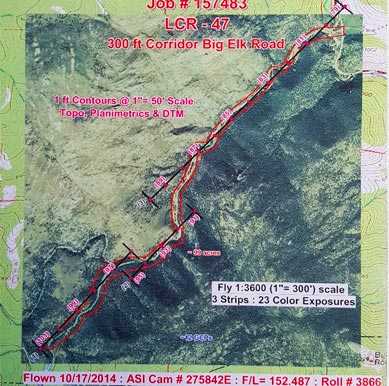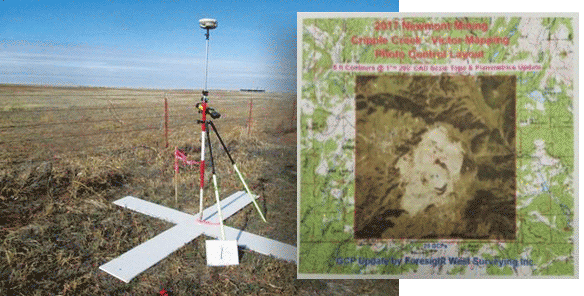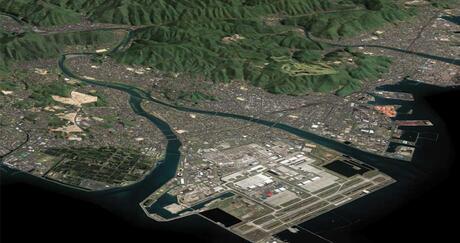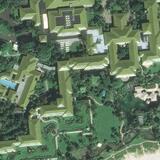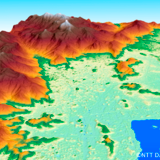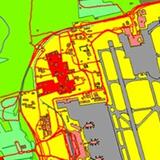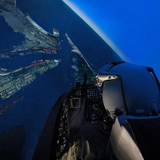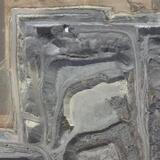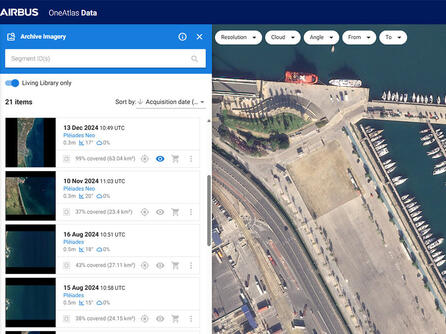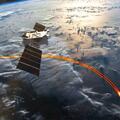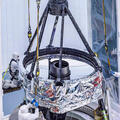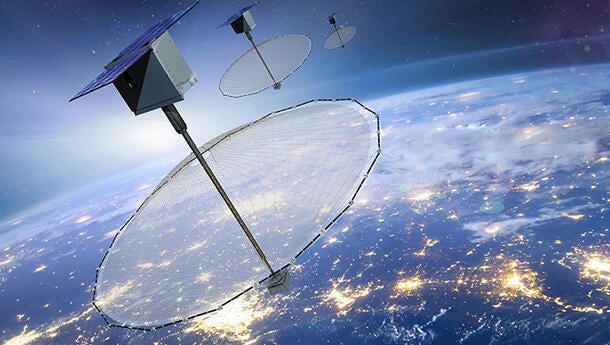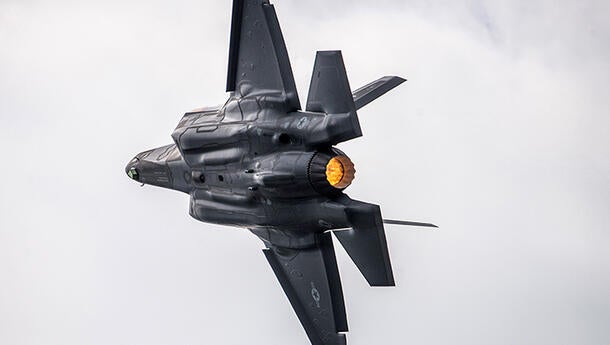THE LEADING PROVIDER OF AERIAL IMAGING SOLUTIONS
Does your project demand intricate mapping and precise measurements of a specific geographic area? L3Harris provides accurate, reliable aerial imaging solutions to help clients address their most challenging geospatial problems.
Aerial imagery, captured from airborne craft at lower altitudes, offers significantly higher accuracy and detail than satellite imagery. Users can also acquire aerial imagery on-demand for real-time analysis, customize perspectives and viewing angles, and target particular areas to avoid unnecessary imaging — saving valuable time and reducing costs.
Whether you're analyzing a region or a specific site, our aerial imaging solutions will transform your data into actionable insights.
| “L3Harris imagery is fundamental in the creation of visual databases for our simulator. The imagery provided allows for the accurate placement of custom 3D objects to create a fully immersive training environment.” - Wing-Chiu Choi, ATC Specialist - UFA, Inc. |
